Discover everything you need in this blog to know about the Vietnam tourist visa, including application requirements and the popular e-visa option to ensure a smooth travel experience.
Welcome to our comprehensive guide on the Vietnam tourist visa. Whether you're planning a vacation, a business trip, or simply exploring the beautiful landscapes of Vietnam, understanding the visa process is essential. This blog covers varied aspects you need to know about obtaining a tourist visa for Vietnam, including visa exemptions, visas on arrial, e-visas, visa procedures and transit visas.
1. Vietnam Tourist Visa
Vietnam tourist visas permit visitors to stay in the country for tourism purposes for up to three months, with options for either single or multiple entries. These visas can be renewed once after your arrival in Vietnam. Regardless of whether you qualify for a visa exemption or not, it's important to first verify your passport. It must be valid for a minimum of six months from your planned arrival date in Vietnam and should contain at least two blank pages for the visa and stamps.
There are four types of Vietnam tourist visas available for most nationalities: 1-month single entry visa, 1-month multiple entry visa, 3-month single entry visa, and 3-month multiple entry visa. Depending on how long you plan to stay and how many times you wish to enter Vietnam, you can select the visa type that best fits your needs. Be aware that visa fees can fluctuate unexpectedly, so having a rough idea of your travel dates can save you a lot of hassle. Additionally, visa requirements can differ based on nationality, and in some cases, you may need to provide documentation such as flight tickets, hotel reservations, host contact information, or a tour itinerary.
2. Vietnam Visa Exemption
Below are 37 nationalities that can take free-visa to Vietnam:
- Citizens of Brunei, Myanmar for visits of 14 days at the maximum.
- Citizens of the Philippines for visits of 21 days at the maximum.
- Citizens of Cambodia, Indonesia, Kyrgyzstan, Laos, Malaysia, Thailand, and Singapore for visits of 30 days at the maximum.
- Citizens of Belarus, Denmark, Finland, France, Germany, Italy, Japan, Norway, Russia, South Korea, Spain, Sweden, and the UK for visits of 45 days at maximum. From Aug. 15, 2025 to Aug. 14, 2028, citizens of Poland, Czechia, Switzerland, Belgium, Bulgaria, Croatia, Hungary, Luxembourg, the Netherlands, Romania, Slovakia, and Slovenia also get this Vietnam tourist visa exemption.
- Citizens of Panama, Chile for visits of 90 days at the maximum.
- APEC Business Travel Card (ABTC) Holders from Asia-Pacific Economic Cooperation (APEC) member economies for visits of 60 days at the maximum.
There is good news for those who travel to Phu Quoc Island – Vietnam: Foreigners and Vietnamese nationals bearing foreign passports who enter Vietnam through an international border gate and then travel to Phu Quoc Island and stay in Phu Quoc less than 30 days will also be granted Vietnam visa exemption. Passports must be valid for at least 6 months. After arriving in Phu Quoc Island, if visitors want to travel to other localities or stay on the island for more than 30 days, getting Vietnam visa is a must.
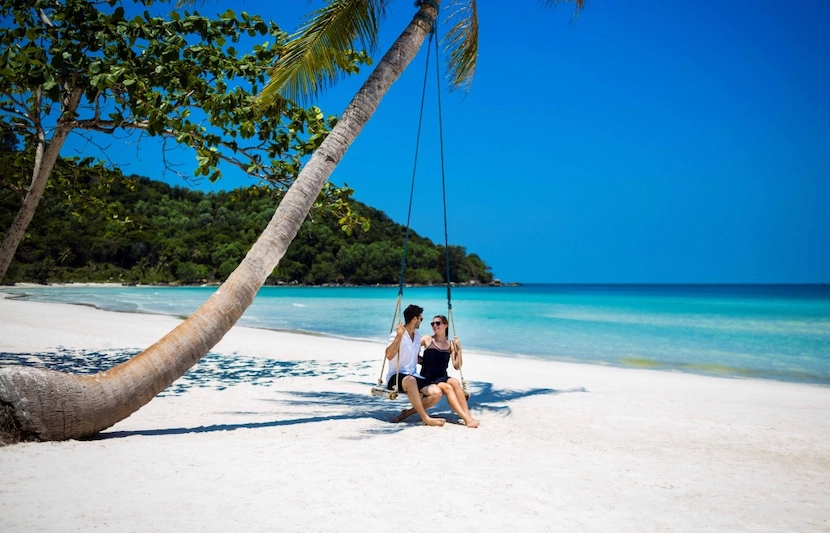
Phu Quoc Island
With the visa exemption favor, you are only allowed to enter/exit one time. If you wish to enter multiple times, you will need to obtain a multiple-entry visa that is valid for up to three months. To simplify the restrictions of the visa exemption policy, you can apply for the appropriate visa in advance through the Vietnam embassy or consulate in your country. Alternatively, a more convenient option is to arrange a visa approval letter through an authorized local travel agency, such as IZITOUR.com.
3. How to Get Vietnam Visas?
There are 3 ways to get Vietnam visas: in person at the Embassy, applying for visas on arrival, and applying for electronic visas.
3.1. Apply for Vietnam visa at the Embassy
Vietnam has embassies and consulates in over 90 locations around the world. Before you arrive, you can visit a Vietnam embassy in your area to obtain a visa stamp, which will facilitate your entry into Vietnam. You can check for a Vietnam embassy near you in this link: Vietnam Embassies and Consulates.
Visas obtained in this manner permit entry into Vietnam by air, land, or sea. However, if you feel that the administrative procedures are too time-consuming, you have two alternative options outlined below.
3.2. Apply for Vietnam visa on arrival
What is Visa on arrival?
Vietnam Visa on Arrival allows you to receive a visa stamp for your passport upon arrival at any international airport in Vietnam. This method is the quickest and simplest way for standard passport holders to obtain their entry visa for tourism or business purposes. Additionally, Visa on Arrival is commonly used by travelers planning to stay longer than the duration allowed by the visa exemption.
How to get Vietnam visa on arrival?
Obtaining a Vietnam visa on arrival from your home has never been easier. You can obtain this visa through a reputable Vietnam travel agency.
Many accredited agencies offer Visa on Arrival (VOA) services online; however, it’s recommended to choose one with an authorized operator license. The Vietnam visa process is straightforward and just takes only 5 to 10 minutes to complete, requiring two working days to process, provided you have the passport details of all group members and a valid credit card. If you need the visa approval letter urgently, it can be ready in just 2 hours during weekday working hours (GMT +7) if you request a rush service from local travel agency IZITOUR.com. For urgent matters on weekends, you can contact us via our hotline: +84 382 536 266 (WhatsApp available).
The cost of a Vietnam visa consists of two parts: the visa service fee and the visa stamp fee. The payment you make online for the Visa on Arrival is the service fee and does not cover the stamping fee, which must be paid in cash at the airport (USD 25 per person for a single entry or USD 50 for a multiple entry). Before applying, you can easily check the visa service fees, which differ based on nationality and the type of visa you are applying for.
See more: Check the visa service fees for free
Overall, the Vietnam visa application process through this method involves four main steps:
- Step 1: Determine the number of visas needed. Fill out the application form with your personal information exactly as it appears in your passport, including the type of visa required.
- Step 2: Review your information and make the online payment through a trusted payment gateway.
- Step 3: Receive your Visa Approval Letter via email after 2 working days. Prepare the necessary documents, including a passport valid for at least 6 months, a completed visa application form, two passport-sized photos, and cash for the visa stamp.
- Step 4: Present the aforementioned documents along with your Visa Approval Letter to the immigration officers, complete customs clearance, and get your visa stamped.
If you are applying for a group, all names will be included in a single approval letter. Some agencies may accommodate requests to issue separate letters for each person.
Upon arriving in Vietnam, proceed to the visa landing counter located near the customs area for your visa stamp. By following the travel guidance signs at Noi Bai Airport and Tan Son Nhat Airport, you can easily navigate from the plane gate to the city center. Hand over the documents to the visa officer and pay the stamping fee of USD 25 for a single entry or USD 50 for a multiple entry, regardless of how long you plan to stay. The officer will then call your name and return your passport with the visa affixed. Be sure to check all the information carefully and notify a customs officer immediately if any errors occur.
It is advisable to print and complete the application form before your arrival to save time; however, if you forget, you can obtain a form at the immigration desk. Photos can also be taken for a small fee.
The time spent waiting for your visa can range from 20 minutes to 2 hours. If you want to expedite the process, particularly when traveling with pregnant women or in large groups, you can choose the fast-track service when applying for your visa online. Some nationalities may need to provide additional travel documents (like itineraries, hotel addresses, or flight details), so you should store them on your phone. With VIP fast-track services, you also receive assistance with your luggage. After collecting your luggage, proceed to the exit gate for a comfortable ride to your hotel.
The entry via visa approval letter is valid only at specific points of entry ( Hanoi, Da Nang, Cam Ranh, or Ho Chi Minh City) and is not applicable at land borders or sea ports. In those cases, you will need to apply for a regular visa through an embassy or consulate in your country prior to arrival or apply for an e-visa.
3.3. Apply for Vietnam e-Visa
The Vietnam electronic visa, commonly referred to as the Vietnam e-visa, is an official travel document issued by the Vietnamese Immigration Department through an electronic system, allowing for a single entry over a consecutive period. Both the visa on arrival and the e-visa enable you to enter Vietnam legally. With the e-visa, there is no need to wait in line for a stamp at the airport. Furthermore, it is accepted at several land ports and seaports, facilitating entry and exit for foreigners using the Vietnamese e-visa. Currently, the e-visa is available to all nationalities and countries.
To apply, you can visit the official Vietnam e-visa website on the national immigration web portal or the Ministry of Public Security's Service Portal. The application process involves completing a form and paying a fee via credit card. However, the downside of the e-visa is that if your application is denied, you will not receive a refund. Therefore, you need to carefully check your information before submitting this application form.
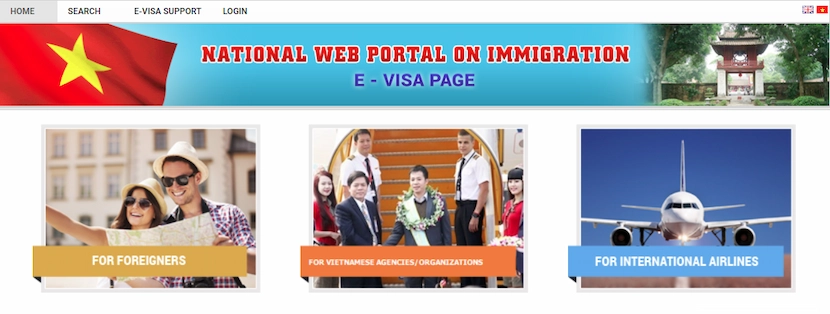
Vietnam e-visa official website
When submitting your details, be sure to save the registration code, as you will need it to check your e-visa status later.
You can expect to receive your Vietnam e-visa within 3 to 4 working days. The e-visa is available for both single and multiple entries and is valid for a maximum of 90 days. Make sure to keep your registration code secure, as you'll need it to check and print your e-visa. Additionally, double-check your passport before departure; it should be valid for at least six months from your arrival date and contain two blank pages for the visa stamp.
Read more: Vietnam E-visa Official Guide 2025- 2026
4. Visa extension
If you intend to stay longer than the duration allowed by the visa exemption or if your visa has expired, you will need to apply for a visa renewal or extension. This can be done at the Immigration Department located in either Hanoi (northern region), Ho Chi Minh City (southern region), or Danang (central region).
Immigration Department in Hanoi
- Address: No. 44 - 46 Tran Phu Street, Ba Dinh Ward, Hanoi City
- Phone Number: 024 3825 7941
- Operating Hours: 08:00 AM - 11:30 AM; 01:30 PM - 04:30 PM, Monday to Friday, and Saturday mornings
Immigration Department in Danang
- Address: 7 Tran Quy Cap, Danang City, Quang Nam Province
- Phone Number: 0236 3822 381
- Operating Hours: 08:00 AM - 11:30 AM; 01:30 PM - 04:00 PM, Monday to Friday, and Saturday mornings
Immigration Department in Ho Chi Minh City
- Address: 254 Nguyen Trai Street, District 1, Ho Chi Minh City
- Phone Number: 028 3829 9398
- Operating Hours: 08:00 AM - 11:30 AM; 01:30 PM - 04:30 PM, Monday to Friday, and Saturday mornings
5. Transit visa
It's important to note that individuals who are granted visa exemptions do not need a visa to transit through Vietnam's international airports, provided they remain in the designated area while waiting for their connecting flight. However, if you plan to stay at a hotel or take a short city tour, you will need to obtain a visa on arrival.
Read more: Vietnam Transit Visa
We hope this guide has answered some of your questions about Vietnam visas for tourists. If you have any tour-related questions or any visa problems, feel free to contact us via email: [email protected] or WhatsApp: +84 382 536 266 for instant assistance.
See more related articles:
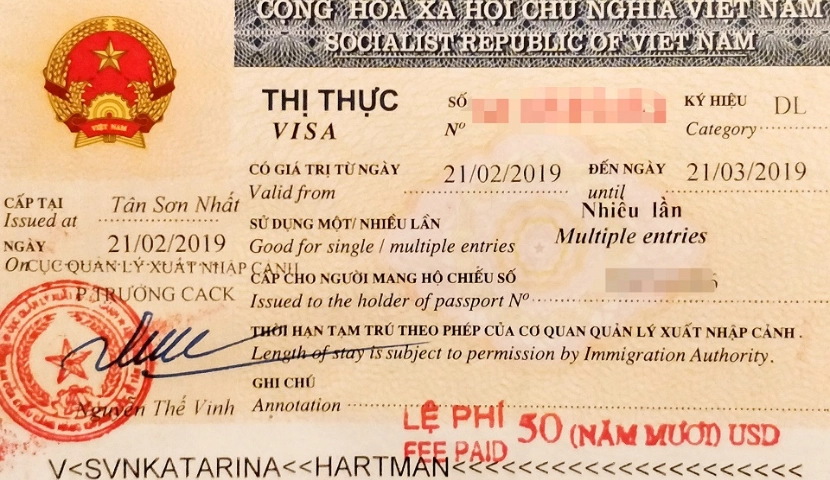







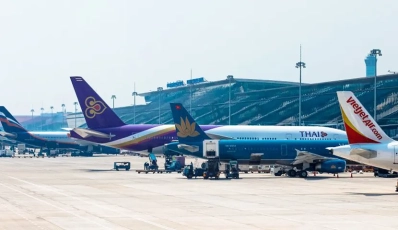
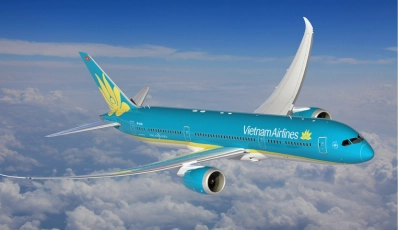
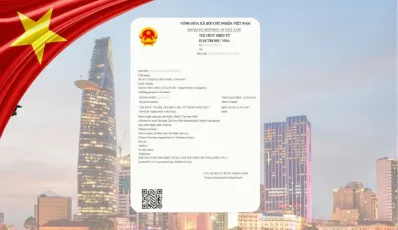

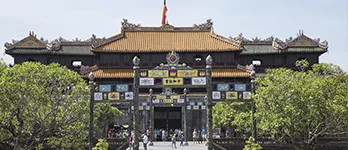
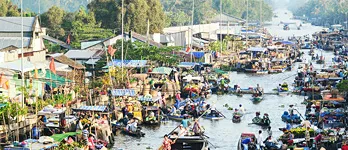

 TRAVELERS' CHOICE 2025
TRAVELERS' CHOICE 2025 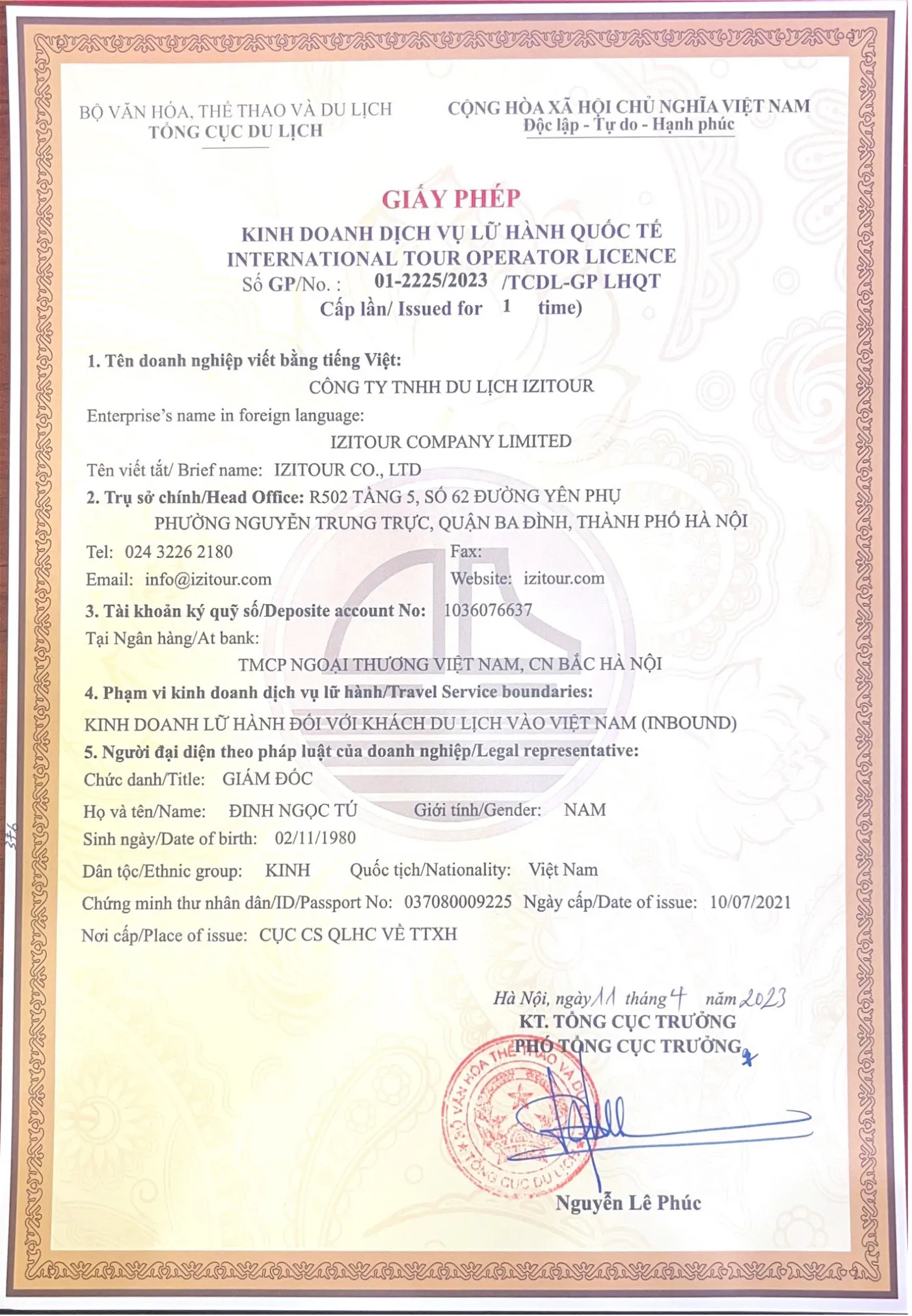



02 Comments
France
Vietnam
Write Reply